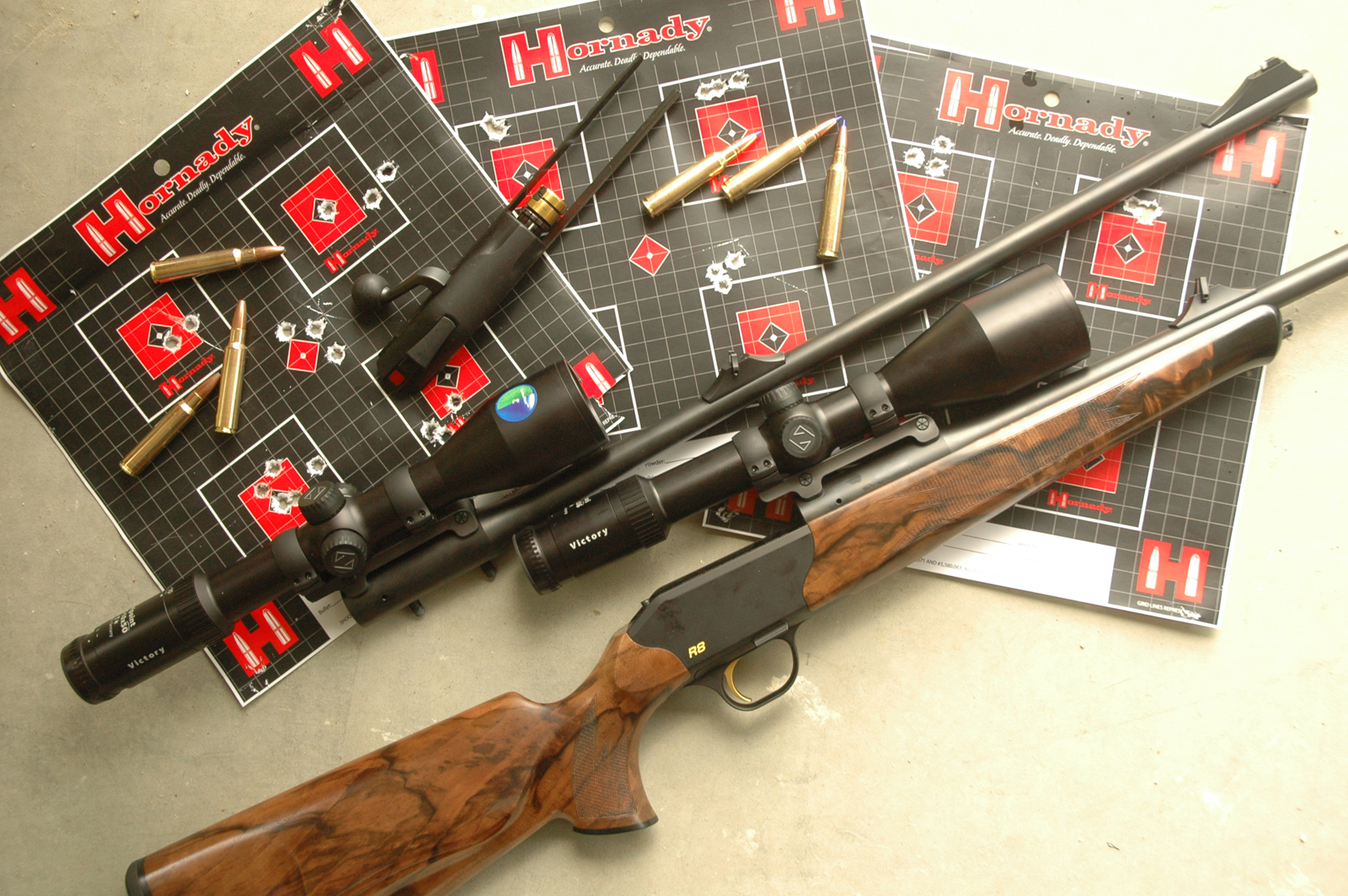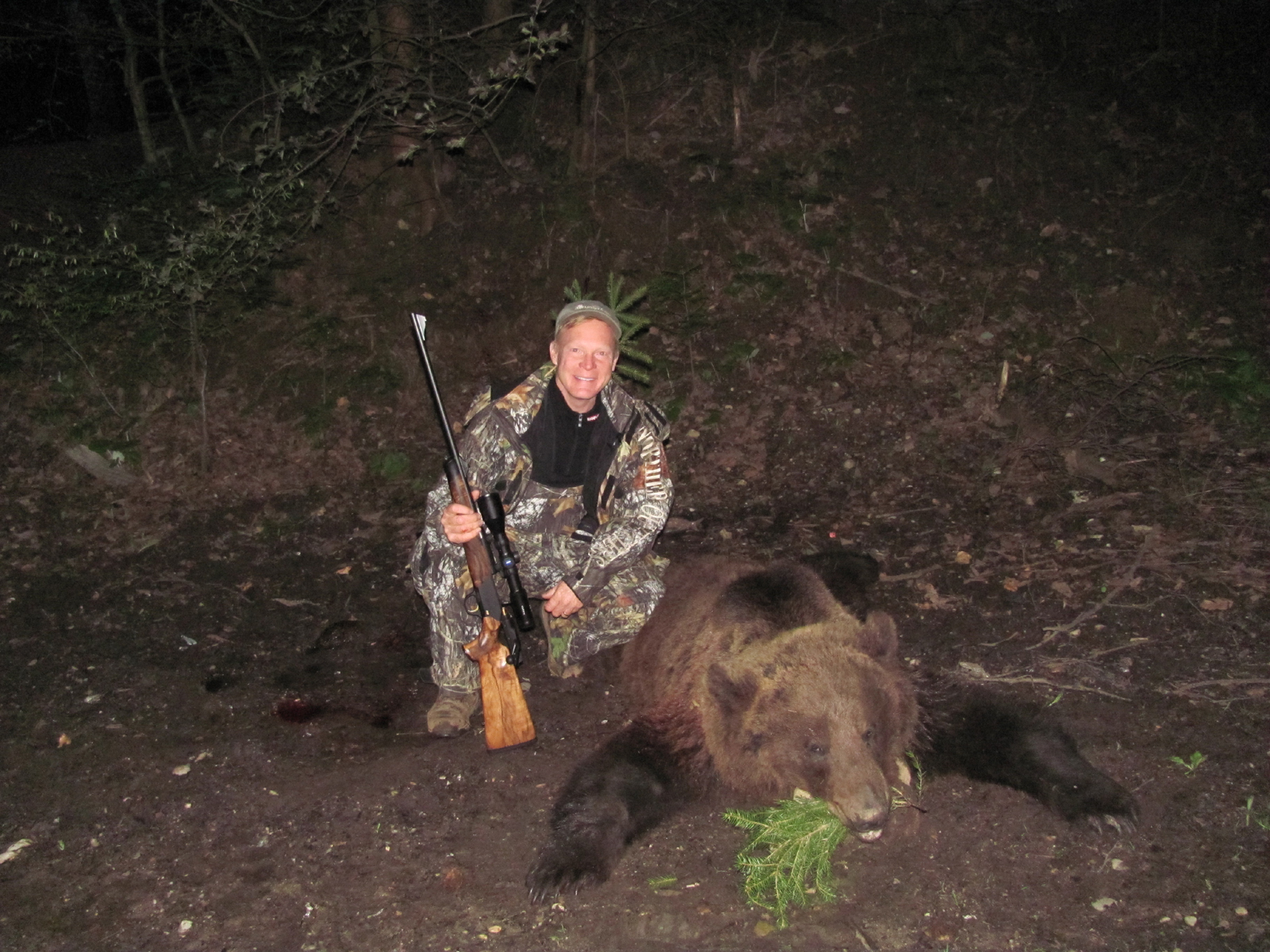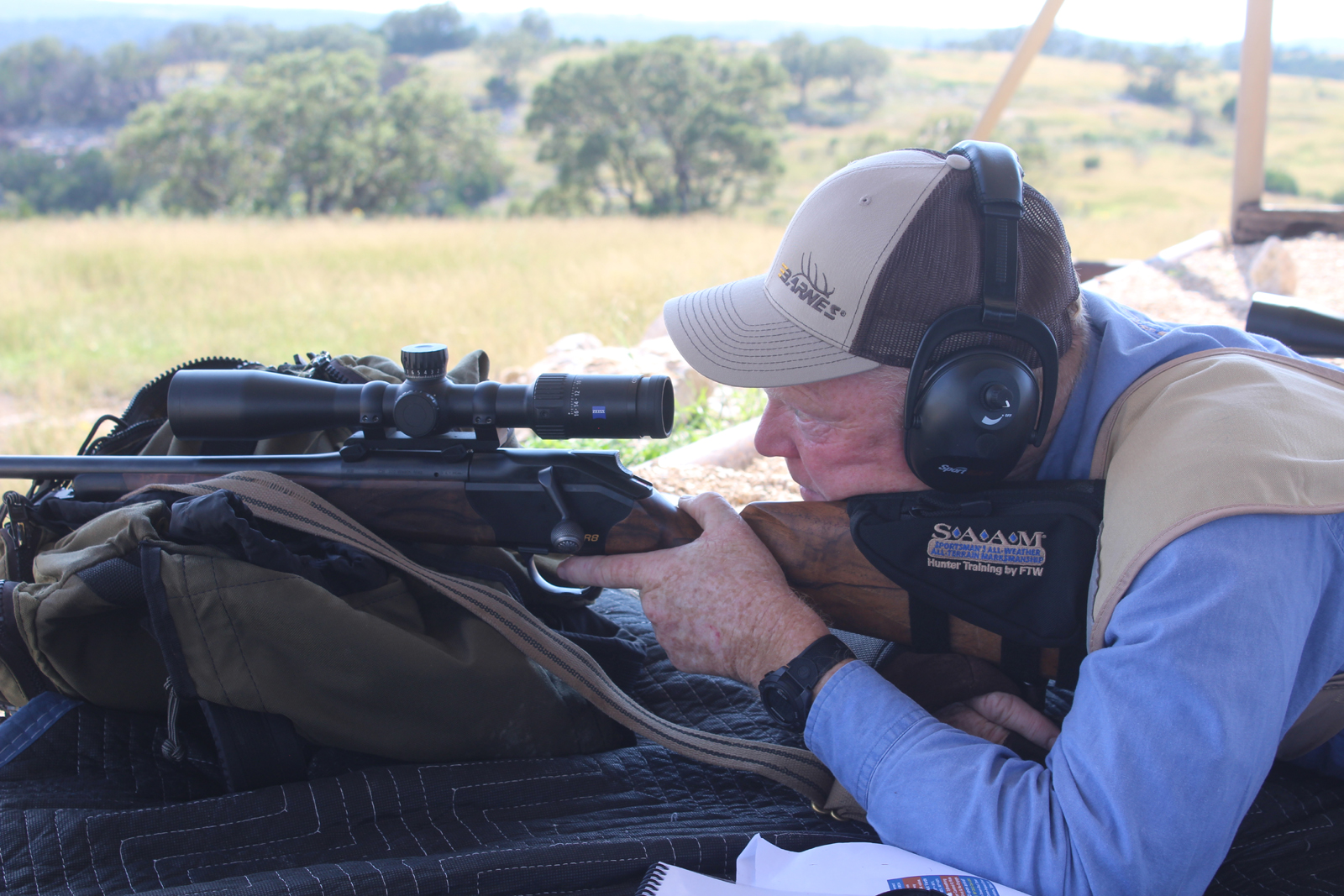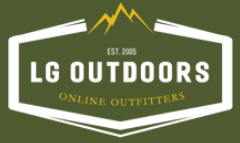I’m probably not the first person who came up with this, but I’ve long called it Boddington’s First Rule of Optics: You get what you pay for! Sport optics is a very competitive field; there are reasons why Optic A is priced twice (or three times!) as high as Optic B. These reasons include quality of glass, construction, and coatings; and customer service. Now, I’d be the first to say that not every person or application really needs the highest quality Zeiss Sport Optic.

Also, and this is important, as you move up and down the scales in optical quality, the differences are subtle. No sales hype can possibly explain the value in the price differential. And, guess what, in a brick-and-mortar gun shop—you can pick up one optic after another and compare, but it’s difficult to really see the difference.
After a lifetime of messing with this stuff I’m convinced the differences are there. Now, there’s no question that, just like anything else, some prestigious brands command higher prices. Back to my First Rule, I believe there are sound reasons why those brands are considered “premium!” As to what are the “best” optics, I won’t take that bait! There are great optics, and a lot of really good middle-priced glass, so good that, again, it’s hard to tell the difference, and plenty good enough for most shooters in most applications. I think most of us could agree that top premium optics include classic European brands such as Leica, Swarovski, and Zeiss. In the way these things shift back and forth, all three have been sponsors of TV shows I’ve been involved in, so I’ve used them all a lot.
I’ve used a lot of other good optics as well. In the weird world of “outdoor TV” we are obligated to use our sponsors’ products, in my writing and on personal hunts; I try not to play favorites! So I have been perfectly satisfied with a wide array of optics. No one can possibly have even passing familiarity with all brands…but one name I’m extremely familiar with is Zeiss.
Carl Zeiss opened shop in Jena, Germany in 1846. They’ve been building binoculars since 1893, rifle-scopes since 1904, and variable power rifle-scopes since 1922. The anti-reflective “T” coating was a 1935 Zeiss innovation that increased light transmission by 50 percent! Today, Zeiss Group is a huge company manufacturing lenses and products with lenses for wide applications: Vision care, photography, microscopes, telescopes, medical applications ,and more. Zeiss Sport Optics, though important to us and a leader in our field, is a fairly small division.
Top of the line, Zeiss products are marketed under the Victory banner. Like many larger manufacturers, they also offer optics lines at medium price points. For some years this has been the Conquest line. Conquest is good, Victory is better. Victory should be better because the price differential is significant. I’ve used both lines quite a bit and have been very happy. There are differences, but you have to look pretty hard. Whether the differences are worth the extra cost depends altogether on what you’re doing, and your budget.
The Blaser R8 was introduced in 2009. In the spring of 2010, I was going to Nepal’s Himalayas, then to Romania to hunt European brown bear. It seemed to me a switch-barrel rifle would be perfect for such diverse situations, so I got a Blaser R8 with .300 and .338 barrels. I put a Victory 3.5-10x50mm scope on the .338; and a Victory 3-12x56mm scope, with the Rapid Z 800 range-compensating reticle. As one might (and should!) expect, both scopes were clear and bright, and the adjustments were perfect and perfectly repeatable. Once zeroed, neither has ever changed!

Nepal is sort of a post-graduate mountain hunt; very high, steep, and completely on foot. I did my homework, verifying reticle hash-marks to much farther than I intend to shoot. In the event I drew two difficult shots. The Himalayan tahr was 465 yards, the blue sheep a bit over 500. Both times I had a stiff crosswind, but I read it right and the shots worked. Now, honest, I am not steadfastly faithful to any rifle, cartridge, or scope, but with an inaugural experience like that, both the Blaser and the Victory 3-12×56 scope became a stand-by for mountain hunts.

That scope is a good example of the principle that magnification is over-rated! In the scope world today, 12X isn’t all that strong, but optical clarity counts for more, and it’s amazingly clear. I’ve had other scopes on that Blaser, and the 3-12X Victory has been on other rifles. In 2010 the 3-10x50mm Victory performed perfectly on a nice European grizzly in diminishing light. Since then I’ve moved it back and forth to other rifles (and Blaser barrels), it has also seen a lot of use. That same year, 2010, I got really lucky and won a Zeiss 10x45mm RF range-finding binocular. So, until 2018, I frequently paired this binocular with one of these Victory scopes. Mind you, in that period I also used various rifles with other scopes; including Zeiss Conquest scopes with one inch tubes. They weren’t Victory (nor are they supposed to be), but I always found them to be pretty good glass!

In 2018 Zeiss revamped their line dramatically. The one-inch Conquest scopes are gone, replaced by two Conquest lines with 30mm tubes: V4 and V6, the former with four-times-zoom, the latter with six-times-zoom. There are six V4 models and three V6, both pretty much covering the spectrum from dangerous game to long range. The Victory line has also been revamped. New is the Victory V8 with eight-times-zoom! There are four V8 Victory rifle-scopes, all with 36mm tubes, ranging from 1-8x30mm to 4.8-35x60mm.
The binocular line was similarly updated, with three tiers or price points. Terra, the entry-level Zeiss binocular, Conquest in the middle, and Victory the top of the line. Of a particular interest to me, the 10×45 RF range-finding binocular has been replaced with four new RF binoculars, including on-board ballistics calculators that interface with the new Zeiss Hunting app.
These are sweeping changes, with product still working through the pipeline. I knew nothing until summer of ’18, when I had a chance to see some of the new product. Problem was I was only a month away from a major hunt in Mongolia. It’s fun to try new stuff, but it’s also a bit scary; your gut tells you to stick with tried and true stuff. But, it’s part of the job, and, after all, the label was Zeiss.
Zeiss’s Kyle Brown loaned me a Conquest V4 4-16x50mm scope. I am not an extreme-range shooter on game, so I figured the 4-16X would be all I needed…and it’s a nice-sized scope. He was also kind enough to let me use a 10-42 RF binocular. My 10×45 RF is awesome, but it’s a bit heavy; the new 10×42 RF shaves a few ounces and some bulk…and it has the Bluetooth interface

So, I mounted the new Conquest scope in a Blaser saddle mount, loaded the free Zeiss Hunting app onto my I-phone, and repaired to the range. (Fortunately, I have good cell coverage there!) I’d be using a .300 Weatherby Magnum barrel with Hornady 200-grain ELD-X. It was simple to put the data into the app. However, the Zeiss hunting app updates for atmospherics: Altitude, barometric pressure, temperature. Thing is, there may not be cell coverage in the middle of nowhere. No problem; I built my ballistics chart based on anticipated altitudes and average temperatures. I verified the hash-marks on the ZBR-2 reticle, and then I hedged my bet by putting the reticle—and its hash-mark values on a big square of duct-tape on my butt-stock.

The new Conquest scope came into zero easily and the adjustments were accurate, pure Zeiss. In the best part of a month in Mongolia we hit seven different areas, meaning endless drives and lots of bumping over horrible roads. I checked zero at least five times, and neither the rifle nor scope shifted a bit. The new 10×42 RF binocular was awesome, ranging far and fast. In the field, I must admit I didn’t strain the optics. Thanks to good stalking by the Shikar-Safari team, no shots exceeded 325 yards, but whether sheep, ibex, or maral stag, there were no misses, no tracking, and no lack of confidence.
All in all, I got what I paid for. Great shots, great scopes, and great rifles. It just takes some shopping around and field use to figure out what works best for you and your type of hunts.
